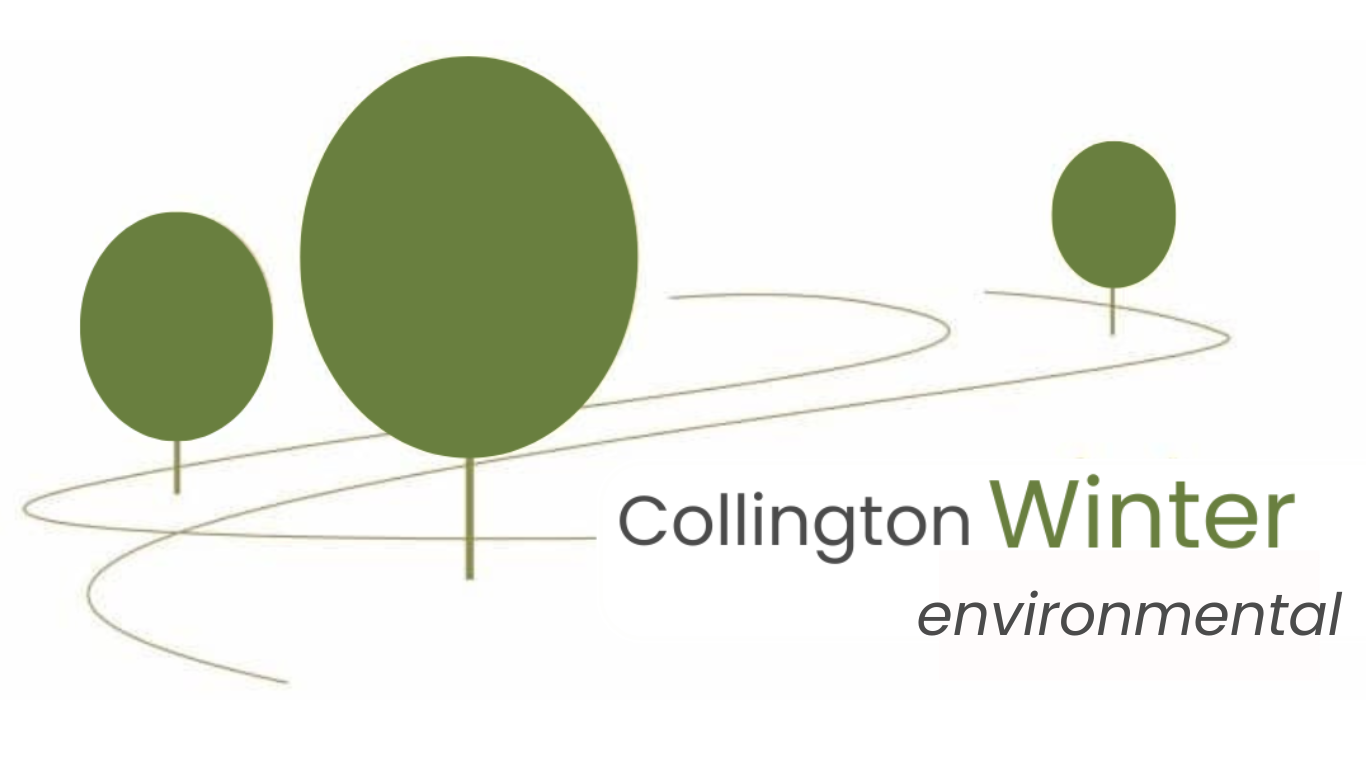Bat Survey and Bat Mitigation Plan in Pulborough
A bat survey is often undertaken to support a bat mitigation plan in informing a proposed development site planning application. If required, a local planning authority will usually instruct a developer that a survey needs to be completed to assess the presence of bats within buildings, trees, and structures on and surrounding the site.
If a bat survey concludes that bats are present on a site, strategic measures should be taken to mitigate the risk factor to protected species such as bats. Planning permission will not be granted without proof that extensive consideration has been given to any bats present on the development site, this is supported by The Wildlife and Countryside Act 1981.
Bat Survey, Pulborough: Bat Activity
West Sussex is home to a hotspot of bat breeds nurtured by its rich countryside and its ample collection of woodlands. When undertaking a bat survey and bat mitigation plan in Pulborough, common European protected species our consultants may identify include the common pipistrelle bat, the brown long-eared bat, the soprano pipistrelle bat, Daubentons’ bat, Brandt’s’ bat and Nathusius’ pipistrelle bat.
It is recommended that a bat survey is undertaken between the months of May and September to gain the most accurate results, as bat activity is known to hit its peak during the British summertime. If bats are present during this time, further surveyance in the form of additional site visits should be scheduled for the winter months to discover whether bats use the site for hibernation rituals.
Types of bat surveys, Pulborough
Although bat survey requirements can vary depending on several factors relating to the proposed development site, the following bat activity surveys are usually included in the process:
Preliminary Roost Assessment: A Preliminary Roost Assessment (PRA) is an initial survey that determines the likelihood of bats roosting in a specific building or structure on the development site, including trees and greenery.
This assessment is an important first step in the process of assessing the potential impact of project development on bat species on the site and in the area. The consultants which we provide will carry out both internal and external inspections of the proposed building site, looking for signs of roosting bats, such as insect-feeding remains and bat droppings.
Bat emergence survey and re-entry surveys: Once a PRA has been completed, a bat emergence and re-entry survey usually follows if evidence of bats has been discovered on the site. The bat consultant will monitor any bat entry or exit points to collate information on the location, bat species, and bat population.
The conducting of these surveys may be required on numerous occasions over a period of time until a range of sufficient data has been collected. Our ecological consultants use bat detectors to record and analyse calls without causing any disturbance to the bats.
Nocturnal bat surveys: A nocturnal bat survey is a type of ecological survey conducted in the night to observe and record bat species’ activity and behaviour. These surveys are essential for monitoring bat populations, identifying species, and assessing their habitats. Nocturnal bat surveys often compliment ecological assessments, conservation efforts, and impact assessments related to development projects.
Recommendations following a bat survey: Pulborough
Once the bat surveyance period has concluded, a guide of recommendations will follow to be included in your planning proposal, provided by your chosen bat surveyor.
Although recommendations depend on the parameters of a proposed site, common recommendations include the provision of new roost spaces for bats in the form of bat boxes, which can be made of wood or integrated into the infrastructure. Planting insect-inviting plants to create a surplus of food for bats can also encourage bat conservation as well as other protected species.
Our ecological consultants will assess what is best for your project development and provide you with targeted recommendations to best suit your site development proposal plan.
How can Collington Winter Environmental assist?
Collington Winter Environmental is a team of ecological consultants that offers protected species services to numerous project developments within and outside of the bat season. We have extensive experience in providing all types of habitat surveys and bat ecologist services, including preliminary root assessments, bat emergence and re-entry surveys and nocturnal bat surveys.
Get in touch with our Managing Director, Olivia Collington (info@collingtonwinter.co.uk) for more information on protected species surveys. We also provide ecological appraisal and assessment services, as well as landscape architecture services.
Contact Us
Registered Address
23 Bark Street East, 1st Floor, Bolton, BL1 2BQ
Cambridge Office
Future Business Centre, Cambridge Campus, Kings Hedges Road, Cambridge, CB4 2HY
Leicester Office
Rutland House, 23-25 Friar Lane, Leicester, LE1 5QQ
Bristol Office
Newminster House, 27-29 Baldwin Street, Bristol, BS1 1LT
Telephone
Head Office: 01204 939 608
Dumfries Office: 01387 378208

